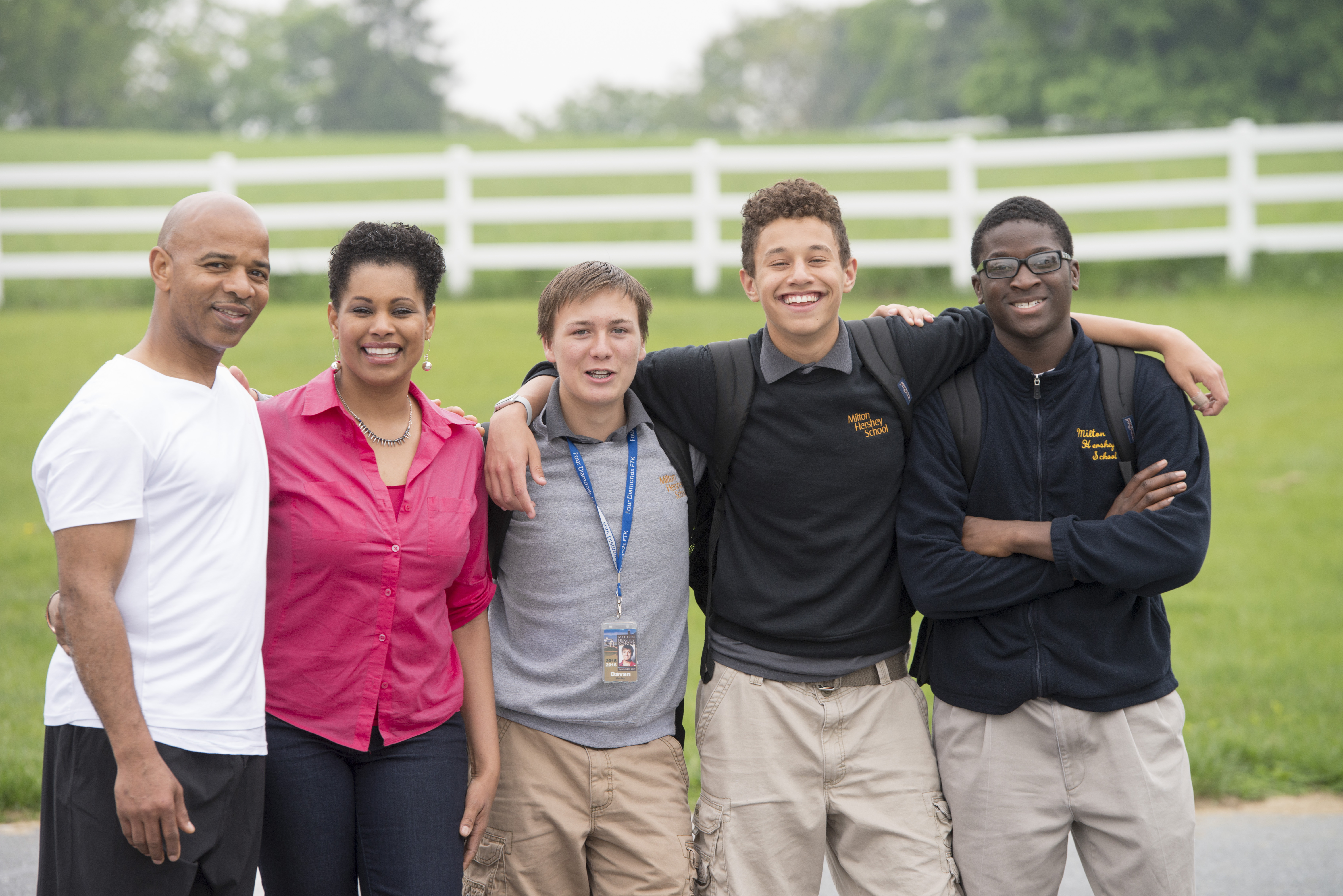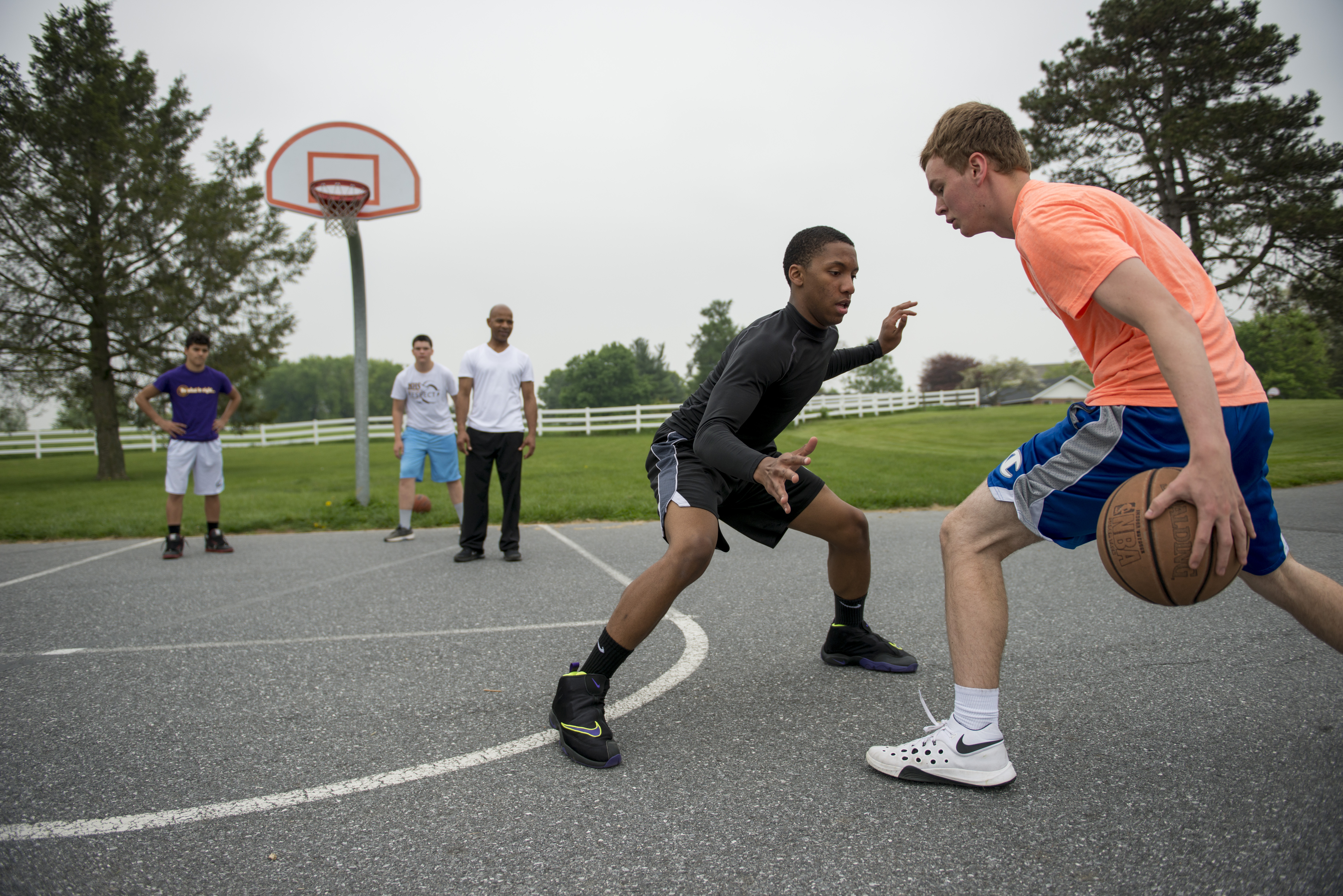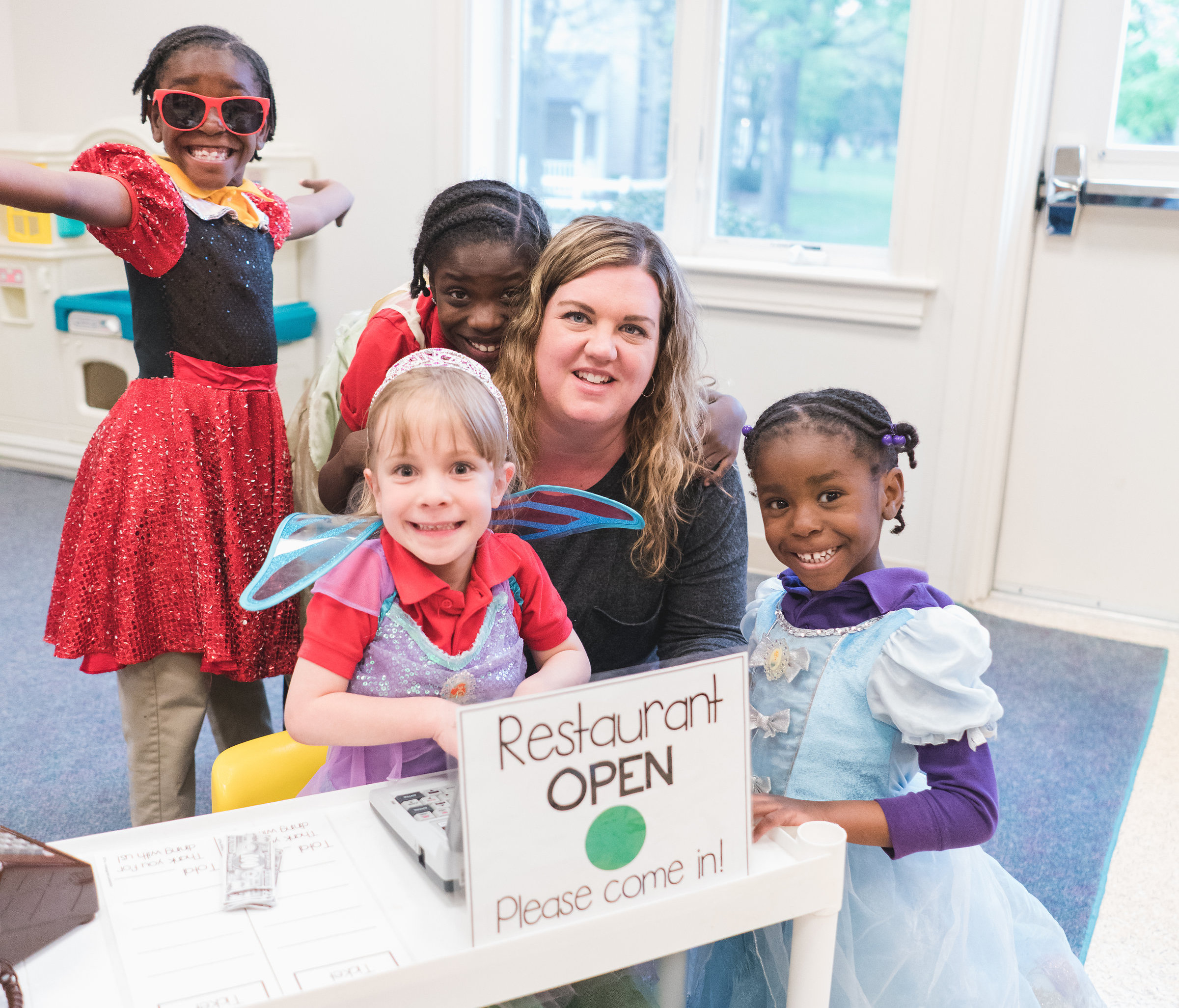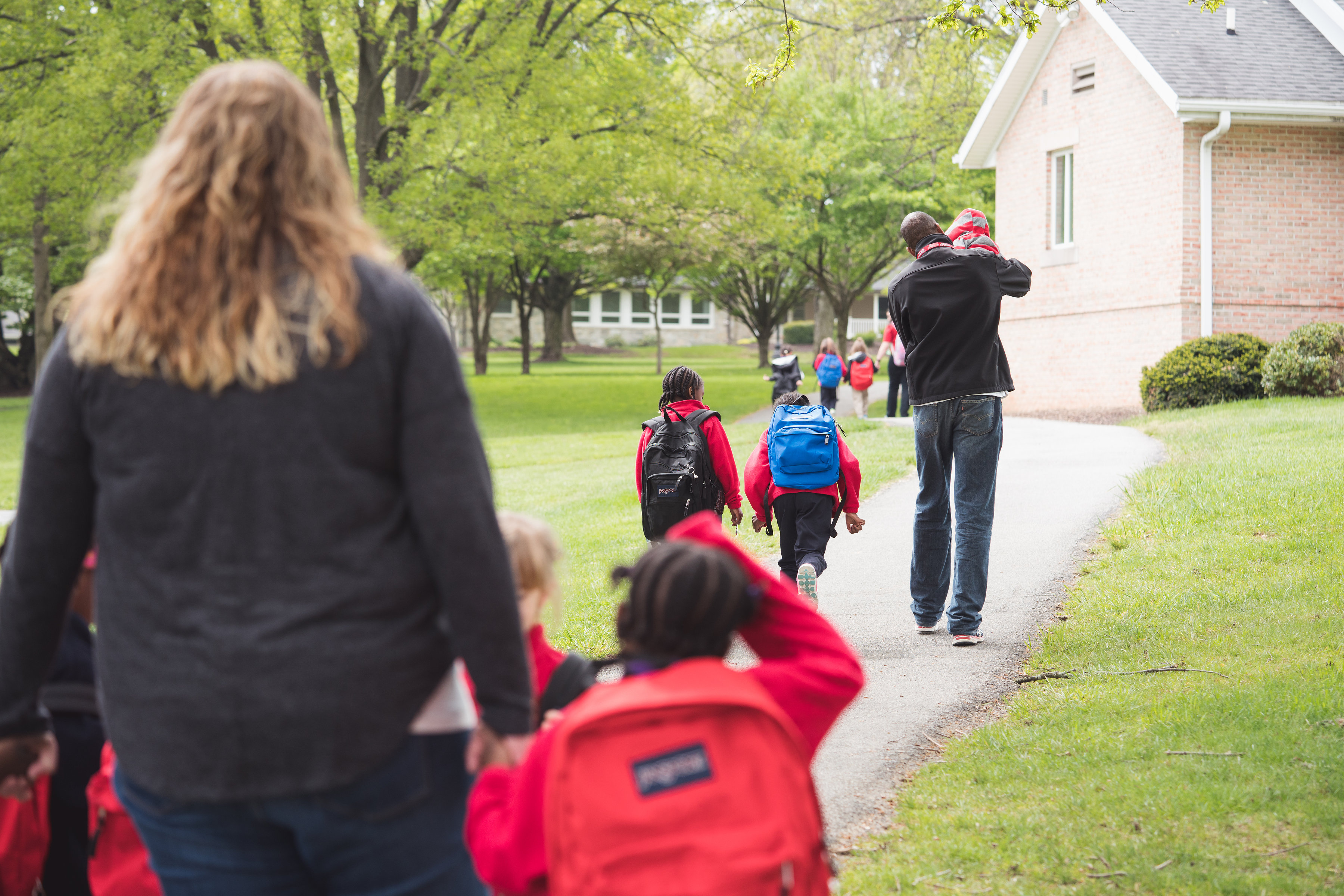Connecting Home Life to the Classroom: Creating a Nurturing Learning Environment to Call Home
When students enroll at Milton Hershey School, they’re not only receiving a top-notch education. They’re joining a safe, nurturing community that feels like a second home, through the school’s Home Life program.
Before enrolling at MHS, many students lived in environments where they didn’t feel secure. With over 12,000 acres, 40 miles of roads, over 160 student homes, and 40 administrative buildings, MHS works tirelessly to create procedures and plans that ensure students’ safety and comfort at all times.
“Feeling safe is important to [our students], so we go to great lengths to help with that,” said Tim Wasielewski, MHS Senior Director of Home Life Programs and Student Life Safety. “When a child feels safe, confident and secure, they’re apt to be more positive, try harder, and do well in school.”
Safety also translates to character-building lessons in the classroom and student homes, where teachers and staff encourage leadership development, social and emotional learning, health and wellness, and spiritual growth. When a child learns these skills, they are more likely to make safe and responsible decisions.
Learn more about how the Home Life Program at MHS builds a loyal, supportive community that allows students to learn in a safe environment.
The Transition to Group Living
Enrolling at MHS is a major stepping stone, but transitioning to group living is also part of the process. To create a familial atmosphere, students live in group homes with two houseparents and up to 12 students from the same Division level—Elementary, Middle and Senior.
To help students get used to interacting with a large group of people, MHS offers early enrollment programs with smaller groups of students to make the process less overwhelming. The Home Life team also provides homesickness resources, as well as peer-to-peer buddy programs to help students forge friendships and understand their student home’s expectations.
“Our houseparents work very hard at getting students involved in something when they come to campus,” said Wasielewski. “They work to find out what their interests are. Anything you can think of, MHS offers.”
Whether a child enjoys art, sports, animals, music, technology, or being outside, MHS offers dozens of programs and extra-curricular activities. As students develop hobbies, they begin to feel a sense of purpose and make friends who share similar interests.
A Family-Style Environment
Every MHS student lives in a home that is supportive and community-oriented.
“Students have meals together, do activities together, and have family meeting times at least once a week,” explained Wasielewski. “Houseparents continuously communicate with students so they know what’s expected of them.”
Houseparents work with students to meet and exceed the expectations set for them, and students quickly learn that the people who love and support them will also hold them accountable.
“It’s very meaningful for students to live in an environment where they can see role models demonstrating how to get along and disagree appropriately, have traditions and celebrations together, and support one another,” Wasielewski added.
To foster a strong sense of community, each Division holds regular events such as fall festivals, color runs, chapel services, community service projects, and more. The school hosts sibling events to give the hundreds of siblings across campus a chance to spend quality time together. To ensure students have ample time to connect with their family outside of MHS, the Home Life team also schedules visitations and break periods throughout the school year.
Connecting Home Life to the Classroom
At MHS, teachers and houseparents have a close relationship. By breaking students up by Division, houseparents have more interactions with a close-knit group of people who specifically work with the students in their home— including teachers, nurses, psychologists, medical staff and social workers.
Through weekly meetings and joint professional development days, houseparents and administrators collaborate on important issues, such as respect and social intelligence, that impact both the classroom and the student home. By tying the residential and academic environments together, students have a cohesive support system that encourages the same values. They learn how to be responsible leaders and engage with their peers not only in class, but at home, too.
“Our students are known for being able to interact extremely well. Because of the group living and community environment, they understand diversity,” said Wasielewski. “They have a shared commonality in their backgrounds, and they accept each other because they’re Milts.”
A Safe and Nurturing Community to Call Home
Whether schools are keeping students safe by responding to a storm or flood, or teaching students how to safely respond to challenges and support their peers, protecting their physical and mental well-being should be the top priority.
At MHS, students and staff are committed to safeguarding the nurturing, forward-thinking community Mr. and Mrs. Hershey envisioned when they founded the school in 1909.
“Our founders had a vision to serve children in financial and social need in perpetuity. I think the mission itself really gives a purpose to our roles here,” said Wasielewski. “We know we’re fulfilling Mr. and Mrs. Hershey’s vision by continuing to push forward and help our kids be the best they can be.”
Tim Wasielewski has worked at Milton Hershey School for more than 20 years. He started as a houseparent and now serves as the Senior Director of Home Life Programs and Student Life Safety.





